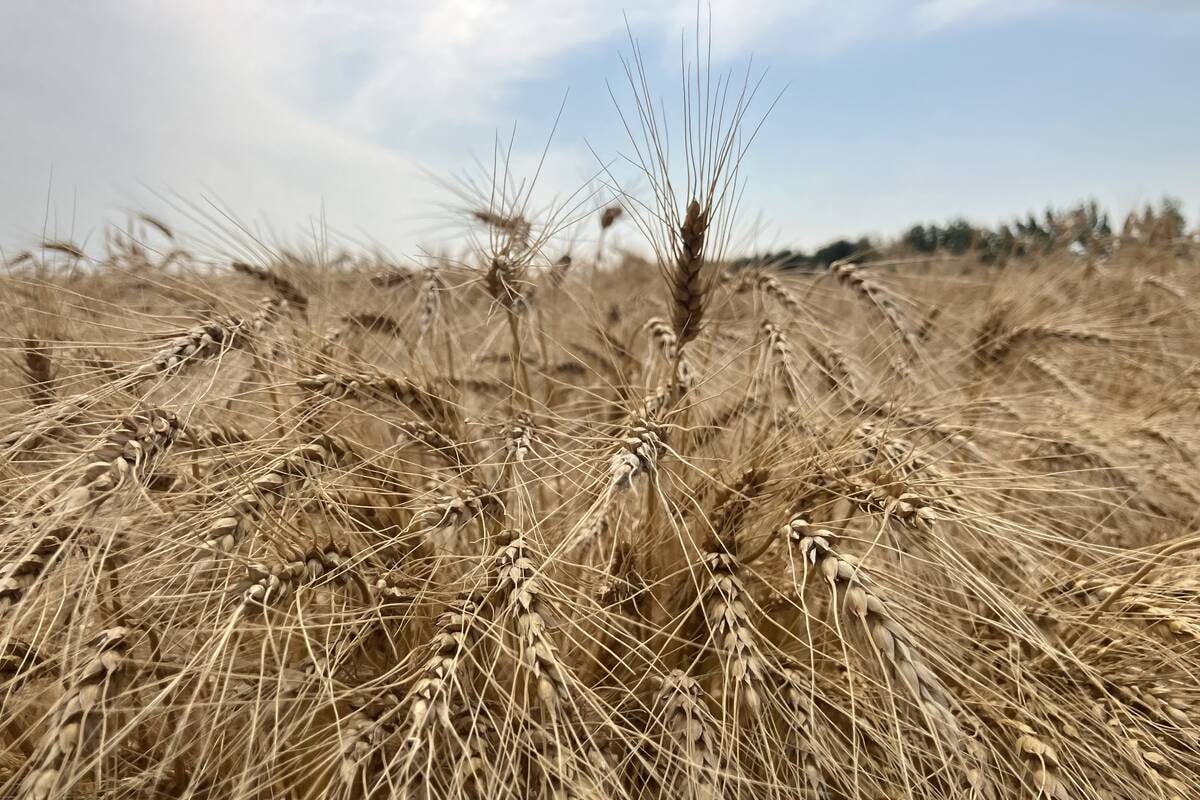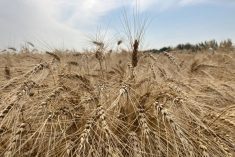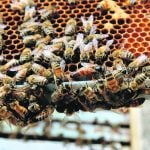WELLINGTON (Reuters) — Supersized U.S. demand for burgers is a godsend for New Zealand farmers who have been struggling with weak dairy prices but are now earning good money for cows sent to slaughter for beef.
Years of low cattle supplies have kept U.S. beef import prices near a record high of around US$3.00 per pound hit last September, according to agricultural data provider AgriHQ.
New Zealand is the third-largest exporter of the meat to the United States, helping satisfy a surge in demand for ground beef from both long-established outlets such as McDonald’s Corp and trendier, “fast-casual” chains such as Shake Shack Inc.
Read Also

Ukraine 2025 wheat crop seen at 21.8 million tons, corn at 28 million-29 million says farm union
Ukraine’s 2025 wheat harvest is forecast at a maximum of 21.8 million metric tons, down from 22.7 million tons in 2024, the UAC farmers’ union said on Wednesday, slightly raising its outlook for this year’s corn crop.
Farmers have cut back on milk production and sent ageing cattle to the slaughterhouse, seizing on the demand for beef as global dairy prices have plunged to a five-year low.
Last month, Andrew Hoggard reduced the 550 strong milking herd on his farm in the North Island town of Fielding by 22, taking some of the cattle out of production so they need less feed. He sent four less-than-prime cows to slaughter.
“There was one cow we got NZ$1,300 for. She was big, but normally if you get $500-$600 you’re quite happy and $700 is a big deal,” Hoggard said.
Unfavourable summer weather has added to the dairy farmers’ woes, leaving the normally lush landscape so vital to the sector as dry as a crisp.
“If there’s one positive thing (about this season), it’s that those cows are getting good money,” Hoggard said, adding that he expected his milking herd to fall to 500 by the end of the season in May.
Meat accounted for 12 percent of New Zealand’s total global exports in 2014, less than half of the 29 percent contributed by dairy products, the country’s top export earner.
The country’s beef exports usually rise around February or March and stay high through May, when dairy production winds down for the season.
But frozen beef exports have been climbing since November as cash-strapped farmers have cut production and started culling herds earlier in the season than normal.
As a result, beef exports to the United States hit US$116 million in December, Statistics New Zealand says, more than double the value of a year before.
Demand for ground beef continues to rise in the United States, where nine billion servings of burgers were ordered at restaurants and food outlets last year, up three percent from 2013, according to U.S. market research group NPD.
Gourmet burger chains such as Shake Shack and Habit Restaurants are luring both hungry punters and investors away from the old fast-food chains. Shares in Shake Shack more than doubled on their debut on Jan. 30.
In New Zealand, older cows and those not expected to produce much the following season are sent to slaughter and processed into frozen lean beef cuts. Much of this is shipped to the United States, where it is minced and plumped up with additional fat to be made into hamburger patties for burger chains.
The drop in herd numbers has reduced dairy production in New Zealand, prompting dairy co-operative Fonterra to cut its milk collection forecast for the 12 months to May to 1.5 billion kg of milk solids, down 3.3 percent from last season’s record high. It has also slashed its farmgate price forecast.
The culling will not pose a problem if milk demand picks up: farmers can lose up to 20 percent of their cattle even in a normal year and have to replenish herds, and they can simply feed their cows more to push up output rapidly if needed.
For now, though, meat processors say business has been brisk since last month, with the latest weekly cattle cull numbers up 72 percent in the South Island from a year before and nearly 27 percent higher in the North Island.
“The low dairy payout, coupled with the dry weather conditions, has resulted in a dramatic increase in the number of cows being processed,” said Murray Behrent, general manager for livestock at processor Alliance Group Limited.
“All processors are experiencing a backlog, and this will continue through May.”
















